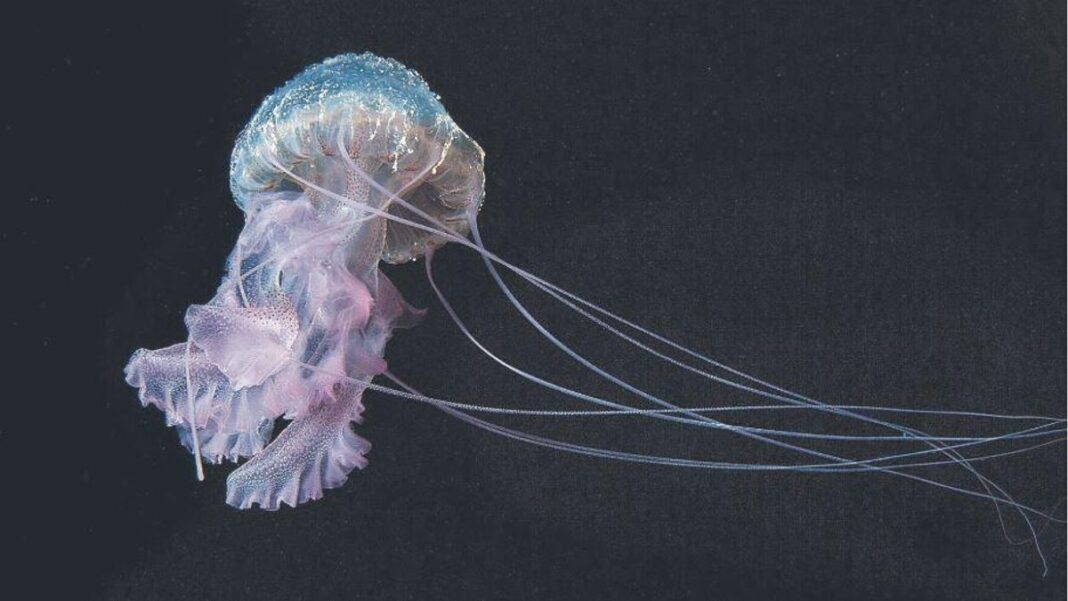Jellyfish are already common on many beaches along the Spanish coasts, including Ibiza and Formentera. The presence of these invertebrates in the sea is due to a combination of natural and human factors that favor their reproduction and accumulation in certain coastal areas.
The main cause of their appearance is the increase in water temperature. Jellyfish thrive in warm waters. In fact, it is evident that climate change is causing longer summers and warmer waterswhich accelerates their life cycle and increases their reproduction. In addition, surface currents and winds from the south or east can bring jellyfish to the coasts, especially during hot days with no swell.
It should also be noted that in recent decades there has been a notable reduction in natural predators: sea turtles, tuna and sunfish are major predators of jellyfish, but the overfishing and pollution reduce these populations, leaving more jellyfish without natural control.
In recent weeks -we can talk about spring-summer 2025-, Ibiza has registered the appearance of numerous specimens of jellyfish, including different species, some harmless and others potentially dangerous. Among them, there is the velella velella . They appear in spring, especially in March and April, forming authentic blue carpets on beaches such as Benirràs, Punta Galera, Ses Salines and Sant Antoni. They are not toxic; in general, their contact only causes mild irritation or reddening.
Another recurrent jellyfish in the Pitiusas waters is the pelagia noctiluca . It is very common in summer months and can cause intense irritation, allergic symptoms or vomiting depending on the sensitivity of the person. It is especially important to be alert for the presence of the portuguese carabela . Its bite is extremely painful and can be dangerous.
And one more… the blue dragon. It is true that it is not classified as a jellyfish, but it appears in the waters of the Mediterranean Sea and accumulates venom from jellyfish that it consumes. Although its size is small, its sting can be toxic.
how can we prevent its sting? There are apps collaborative apps such as Medusas Ibiza and MedusApp which allow: to consult in real time sightings on beaches; identify species and indicate their level of danger; receive first aid recommendations in case of sting. As for recommendations for swimmers, in the case of seeing jellyfish on the shore or in the water, avoid swimming and alert the lifeguards. And, of course, do not touch them, even if they are dead.
For the full article, please visit Diario de Ibiza website here.

